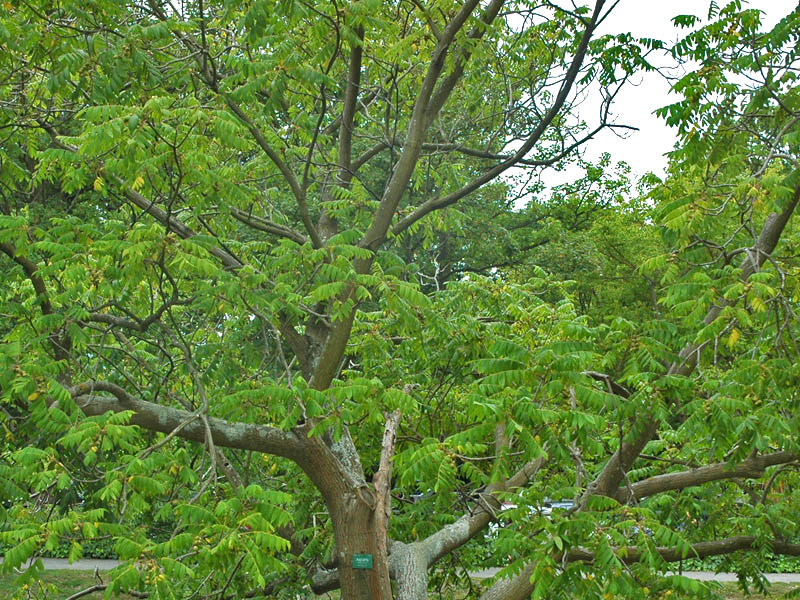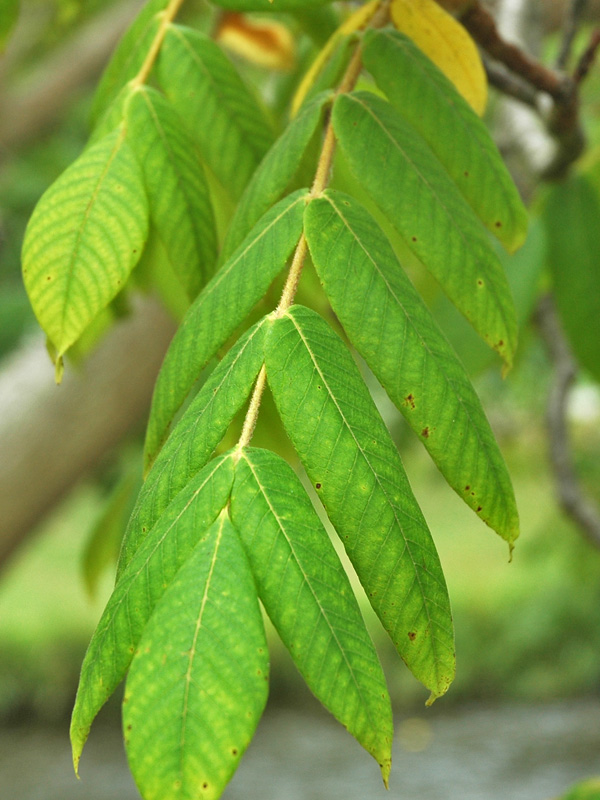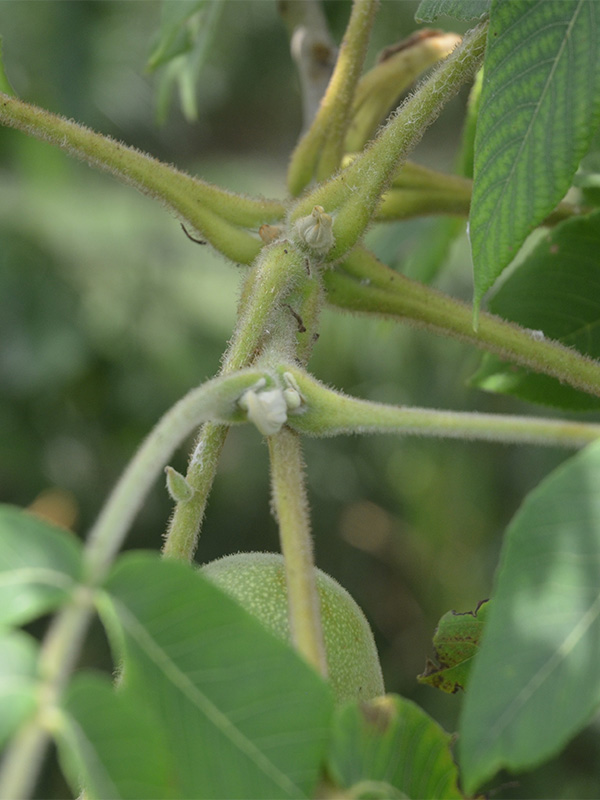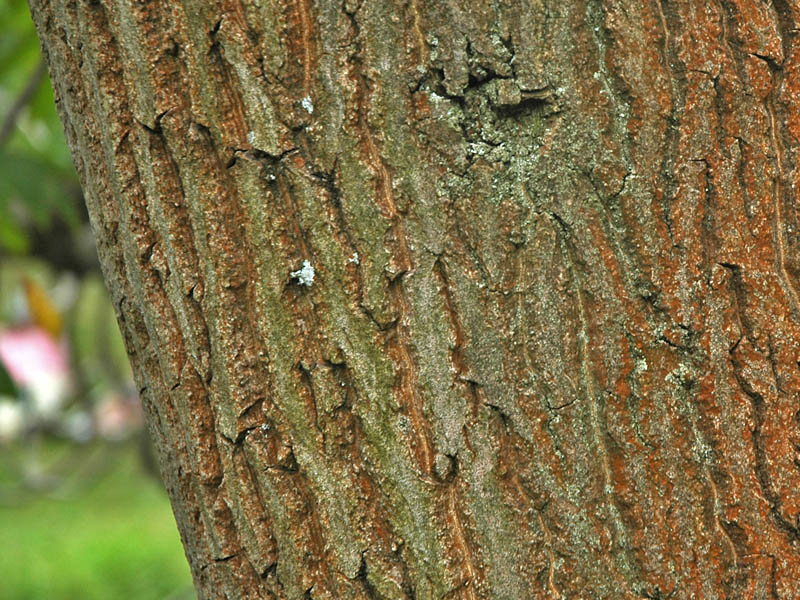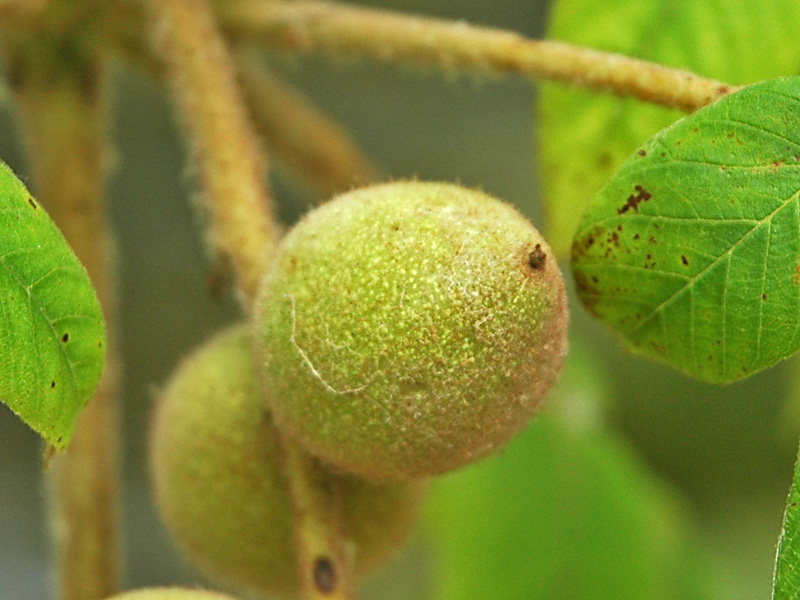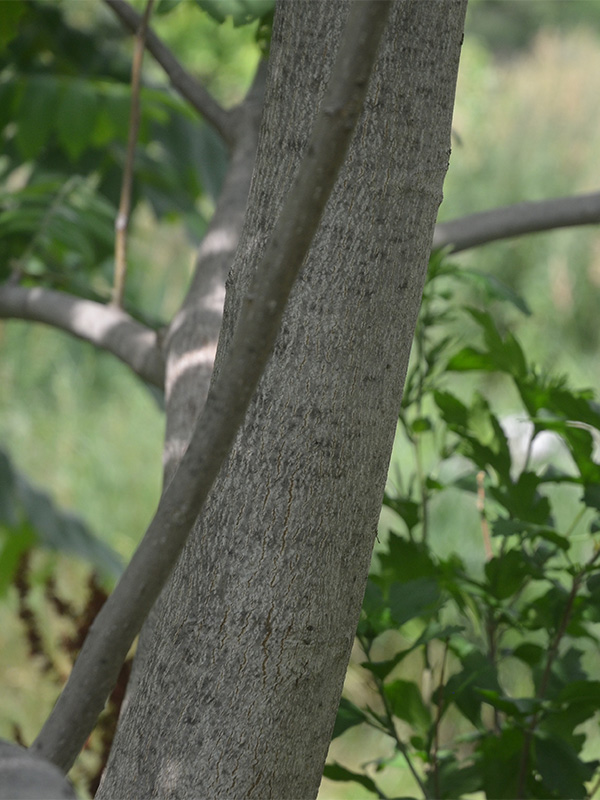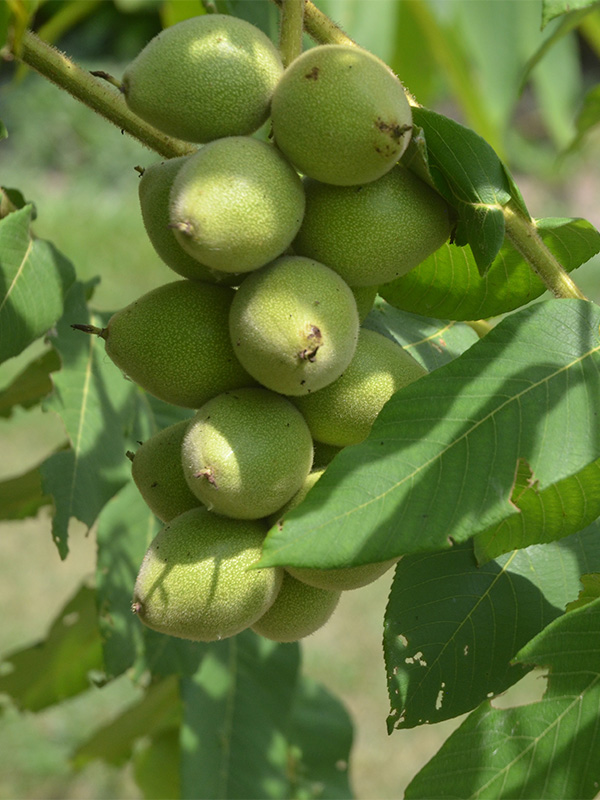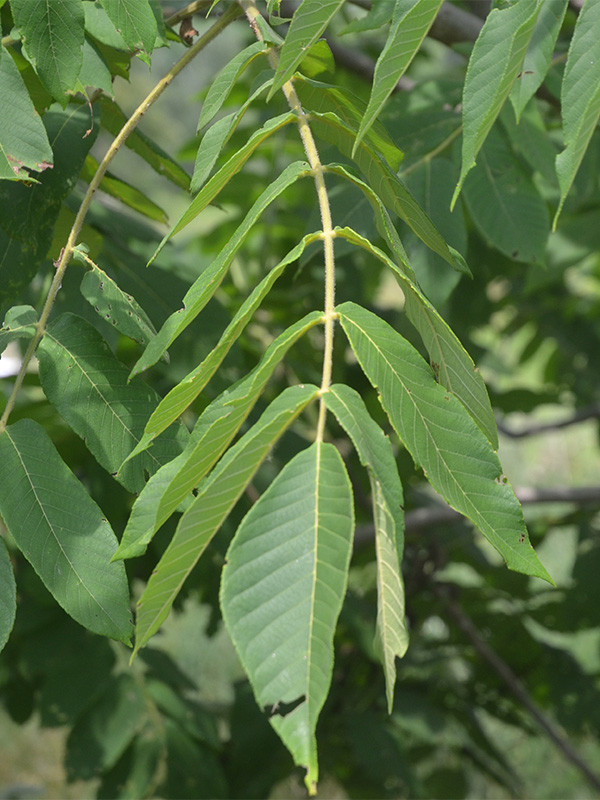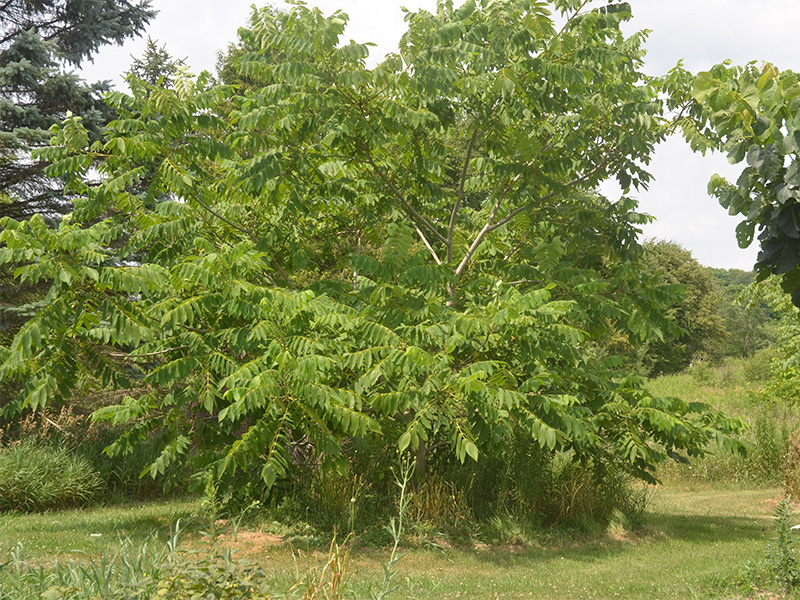
Woody > Juglans > Juglans ailantifolia > Juglans ailantifolia
Juglans ailantifolia
Japanese Walnut
Origin: Native to Japan.
| Family |
| Juglandaceae |
| Genus |
| Juglans |
| Species |
| ailantifolia |
| Category |
| Woody |
| Type |
| Tree (deciduous) |
| RHS Hardiness Zone |
| H7 |
| Height |
| 20 m |
Photographs
Description and Growing Information
Flowering Period
| Cultivation |
| Full sun. Well-drained soil. |
| Shape |
| Tall, upright and broad. |
| Growth |
| Slow |
| Habitat |
| Forests and forest edges. |
| Leaf Description |
| Pinnate, 50 - 90 cm long with 11 - 17 leaflets. Each leaflet is 7 - 16 cm long and 3 - 5 cm wide. |
| Flower Description |
| Male flowers are inconspicuous catkins that are produced in spring when new leaves appear. Female flowers are pistils. |
| Fruit Description |
| The fruit is a nut that is produced in bunches of 4 - 10. Spherical, 3 - 5 cm long and wide. Surrounded by a husk before it matures in autumn. |
| Colour Description |
| The bark is a light grey colour. The leaves are a yellowish-green. Male flowers are yellowish-green. Females flowers are pinkish-red. The fruit is green. |
| Texture Description |
| The bark is ridged or plated. |
| Notable Specimens |
| The Living Center, Delaware, Ontario, Canada. |
| Ethnobotanical Uses (Disclaimer) |
| The nuts are edible. The husks are used to make yellowish dye. The wood is used in furniture building. |
